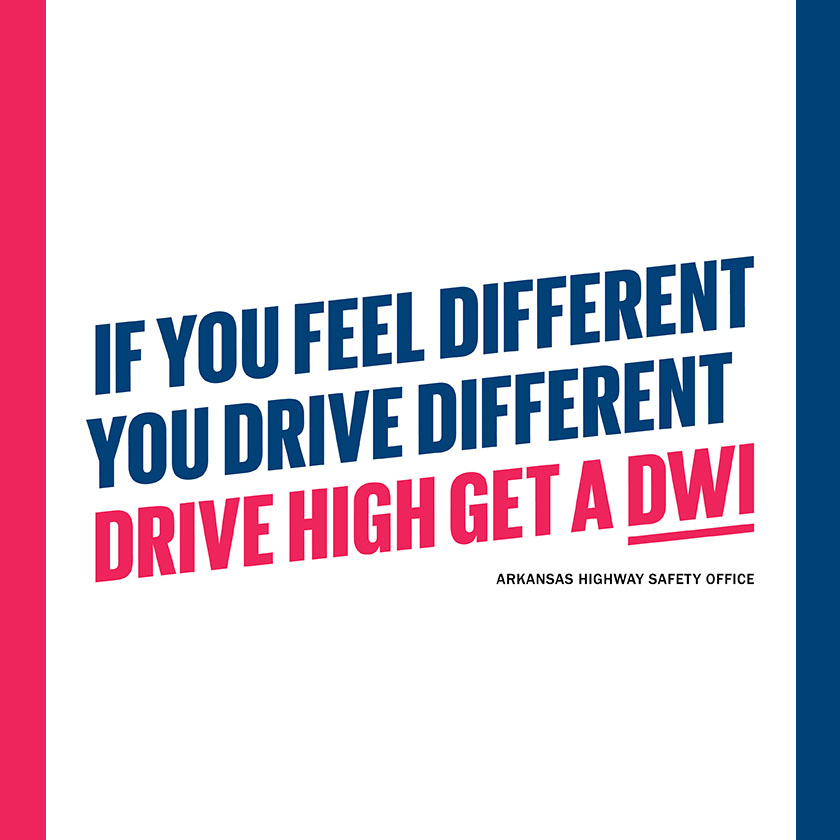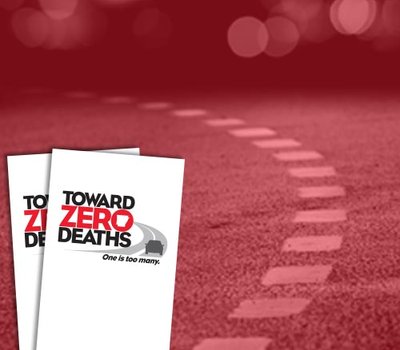Top 6 Questions Before Bypassing The Buckle If You Drive Rural Roads

Out in the country is what most rural residents of Arkansas call living rural. You might be surprised to know in 2019, 68% of fatal crashes in Arkansas occurred on rural roads and 82% of Arkansas roads are rural. *
Here are six questions to test your knowledge about seat belt safety? There seems to be a few things we hear people say that needs a little tweaking in our thinking about seat belt safety.
Before we get started with those questions, let’s establish a couple of words for our conversation. A fact is a thing that is known or proven to be true. Whereas fiction is a belief or statement that is false, but often held to be true because it is convenient to do so or you hear it so much you think it's true. With that in mind, there are some statements that surround seat belt safety that are fiction and others that are fact.
Starting with a fact, you are more likely to encounter a lake, river or bridge in the wide-open spaces of Arkansas rural roadways out of the over 16000 miles of roads in the state than many places in the US. Now see if you can spot the fact or fiction out of the following statements. The answer is directly below the question.
- If you’re not going far or not traveling fast, seat belts are unnecessary. Fact or Fiction?
Fiction. Seemingly routine trips can be deceptively dangerous. Most fatal crashes happen within 25 miles from home and at speeds of less than 40 mph.
- Your seat belt can hurt you in a crash. Fact or Fiction?
Fact. In a crash, everything in your car can cause bodily harm, but your seat belt is one of the few things that can actually save you as well.
- You’re much safer in a pickup truck. Lots of people own a pickup truck in rural Arkansas. So wearing a seat belt is unnecessary. Fact or fiction?
Fiction. For occupants in SUVs, pickups, and vans, seat belts reduce the risk of fatal injury to the driver and front seat passenger by 60%.
- It’s not as essential for guys to wear seat belts; they are the least at risk. Fact or Fiction?
Fiction. Young men are most at risk. Men make up the majority of those killed in motor vehicle traffic crashes. In 2019, 65% of the 22,215 passenger vehicle occupants who were killed were men. Men also wear their seat belts at a lower rate than women do — 51% of men killed in crashes were unrestrained, compared to 40% of women killed in crashes.
5. Your back-seat passengers in a crash can harm you.
Fact. Unbuckled back-seat passengers in a crash can become projectiles endangering or killing others in the car, especially the driver. Too many people wrongly believe they are safe in the back seat unrestrained. Forty-five percent of all front-seat passenger vehicle occupants killed in crashes in 2019 were unrestrained, but 58% of those killed in back seats were unrestrained.
6. Seat belts can trap you in a fire or under water. Fact or Fiction?
Fact. Seat belts can trap you in a fire or underwater. Yet it is considered unlikely for Incidents involving fire or water account for ½ of 1% of all crashes. But more importantly, you can't escape such dangers unless you're conscious. Wearing a seat belt gives you a much greater chance of being conscious and able-bodied.
To read more about what AHSO and partners are doing to make rural Arkansas roads safer through the High Five Project, click here.
*Source: NHTSA


